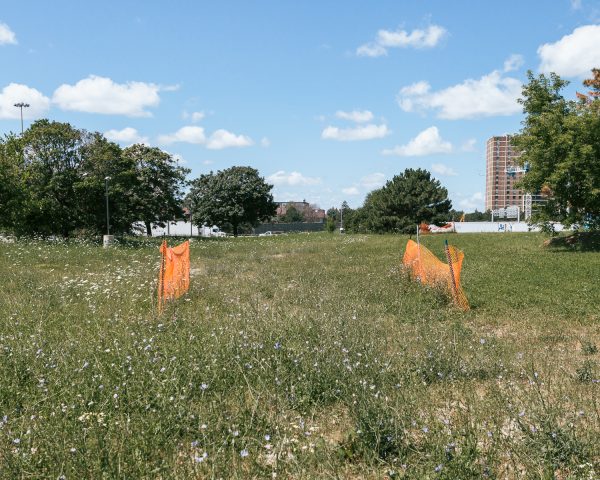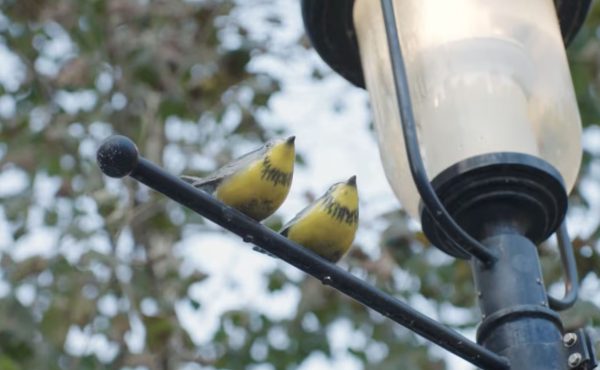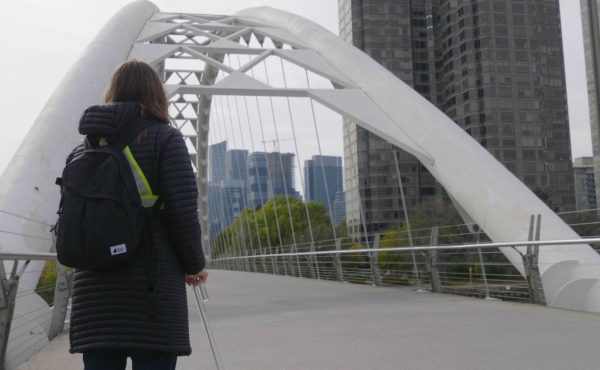After Utopia is on at the Urbanspace Gallery at 401 Richmond Street W until Saturday, November 19. The gallery is open from 9:00am – 7:00pm, Monday-Saturday. More information can be found here.
If beauty is in the eye of the beholder, then the beauty of one’s neighbourhood is the hardest to express. How can anyone convey that a weathered patch of grass or the mottled grain of a tree next to a faceless suburban thoroughfare holds a deeper meaning than the immediate image it gives? The beauty of a person’s neighbourhood – of their home – is essentially linked to memory and context, not to physical attributes. It is a private beauty.
Yet this idea of a private beauty of space is a paradox. It is a shared commodity and whose being is decided by many people who may never have enjoyed or suffered its experience. The celebration and preservation of space is something that is decided collectively. Often this collective decision is based on a one-dimensional definition of space that is connected to its utility or to its symbolism to a collective history.
But what if a place is not tied to a significant piece of history? And what if the space is difficult to use or flawed? What if it represents something that is unappealing or which goes against contemporary priorities? Despite the perception of the majority, its flaws, or perceived objective ugliness, these spaces can still be beautiful. We tried to convey this through our recent exhibition at the Urbanspace Gallery, After Utopia.
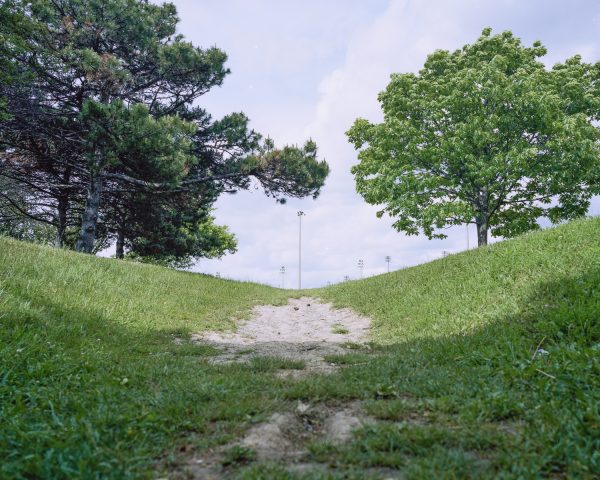
In creating this exhibition, we asked ourselves, how can we convey that sense of beauty in these spaces? How can I reveal the beauty of a place that others see as only suburban modernist hell, or embarrassingly monstrous? How does one reconcile such opposing opinions? To see these spaces as beautiful is dissonant. To go against collective urban beauty is to question the unquestionable, and for this I have received a hefty share of scorn regarding the relatively downtrodden neighbourhood I grew up in near the edge of Mississauga.
Toronto has many of these neighbourhoods in its inner suburbs, which diverge from our overriding, measurable (I have even heard, objective) urbane beauty. Modernist spaces, towers, broad roads, grassy expanses and deeply separated land uses are the antithesis to urban, hip, designed, walkable, high-density, and sustainable. Yet so much of the Canadian urban landscape (if not a majority) is built from these very building blocks. These spaces were the stages for childhood memories for thousands of new and old Canadians.
I am not suggesting that these tower neighbourhoods born of suburban utopian ideals are good (though good is a very difficult word to pin down) and wouldn’t ever suggest that these spaces need no change – on the contrary, I do recognize their flaws and know that they should, and can be improved. Something that is beautiful need neither be ‘good’, nor perfect, nor preserved in order to be appreciated.
As I grow older, I latch to my memories and think of how embedded my memories are to the architecture of my childhood. Each of these memories had a setting and each of those settings are a memorial to my own history – my moody teenage years in a concrete walled bedroom in a Toronto tower, my daily wait at a metal and glass bus stop sporting the name “Etobicoke” decades after amalgamation, my school days behind metal sash windows, faded blue curtains and cinder block walls with a thick layer of pastel blue paint. For all of us, a lamp post, bus stop, tree stump, corner store, family house, highway route, school gym, doctor’s office – these are all memorials.
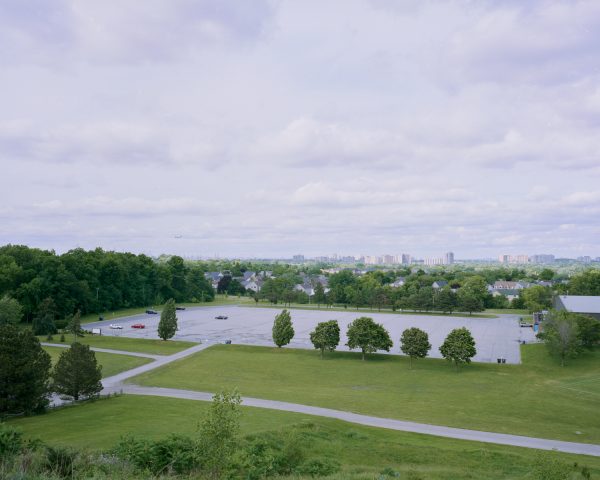
Spaces, however, ultimately change. They decay and renew, they get built and demolished, and there is a flow of time that sweeps the physical out to make way for something new. All that remains of the old and fond are the memories that we carry of them until we die and those memories are rinsed away clean. We may find people who we can share these memories with in the face of a changing urban environment and yet these stories are meaningless to anyone outside of the small circle of people who lived on the same ground and time as you. That beauty of memory is trapped and confined, or better yet, private.
Honouring these memories is therefore difficult. It would be simple to merely tell the story of a location: – I fell off my bike here – but this belies the gravity of the memory and how it binds you to the location. What is required then is a focused image and a personal story. By setting these spaces and memories together in a space for contemplation, and focusing (almost forcing) the gaze, we may be able to convey these private memories to others, or at least indicate that they exist, are worth internalizing, and worth taking pause to appreciate. After Utopia sets these spaces and memories in place to achieve this.
What colour and feeling do we ignore, what aspects of our uniquely Canadian life and architecture do we scoff away, when we see these spaces as merely disgusting atrocities and architectural derangement? To do so would be to bind the architect as essential to the architecture over the thousands of perceiving minds and bodies who have made these spaces their own, who have built themselves and their memories with the brown brick, green grass and grey concrete of our tower neighbourhoods. When I dream, I dream of a balcony, and a whirling circle of birds, I dream in that gluey pastel blue and those fluorescent lit stairwells, the dusky hallways with musty carpets.

